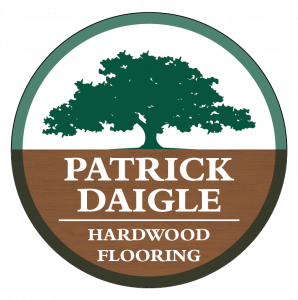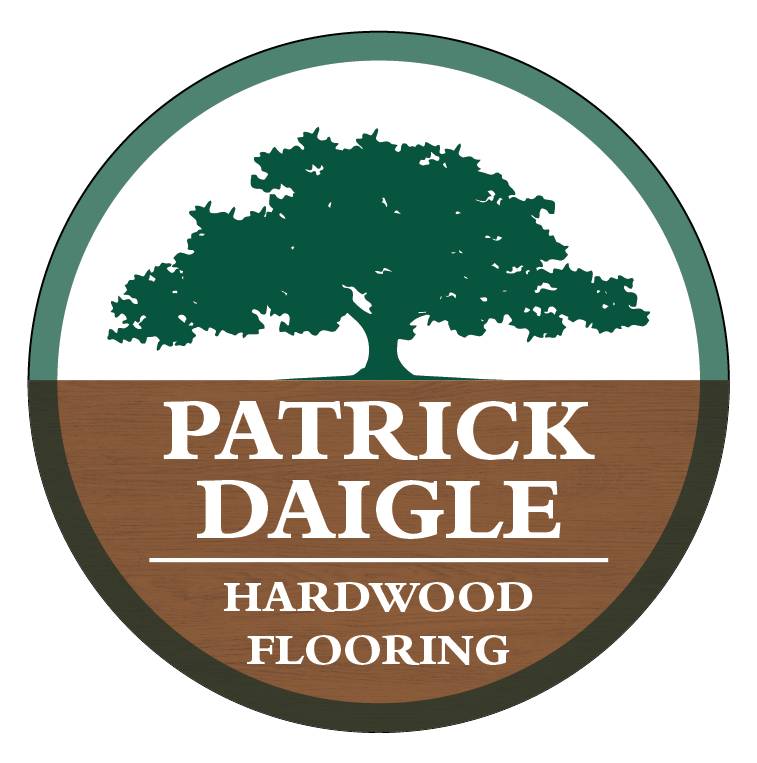Out with the Wax and in with Hardwood Floor Polyurethane
You’ve done all the work up until now — and it was no simple task. Between deciding the wood
type and species, and finding the right people and timeline to accomplish your desired remodel,
you’re left with one more choice: water or oil based polyurethane. Finishing your hardwood
floor polyurethane is extremely important. This is the protective layer that will make your
flooring last with minimal scratches and marks (should you take care of it properly– check back
for more on that soon) and it’s important to choose wisely. The good news about this decision is
that you are essentially choosing between two options for this protective top coat: oil based or
water based poly. The general answer can seem pretty straightforward as well. Typically oil
based polyurethane is the way to go. However, there are some exceptions to that generalization
that should be considered before you move forward with oil based poly. Don’t let decision
fatigue take over! So you’re able to back your final decision with as much information as
possible, we’ve outlined the advantages and disadvantages to both water and oil based polys.
Some things to consider as you’re reading. Think about your timeline and situation. Do you
currently live in your home or are you moving into a new home? Are you installing new
hardwood flooring or are you refinishing existing hardwood? Are you also staining your flooring
before adding the poly? In that case, you will need to plan for extra time for that to dry before
you begin adding layers of either type of polyurethane. Your timeline is super important as the
two polys differ quite a bit in the amount of time they require. But, more on that as we break
down the two options. First up, oil based poly!
Oil based poly is generally the way we suggest you go — specifically for darker hardwoods. An
oil based poly essentially soaks into the wood, infusing to form a protective barrier. It’s a thicker
but softer layer, so it is most susceptible to dents versus surface scratches. Over time, oil based
poly will cause your flooring to darken which gives it a nice depth of color and sheen. It can last
around ten years — much longer, and in some cases, twice as long, as the water based poly. Oil
based poly also costs less than water based by unit, but also because it requires less coats, it
ends up being even less expensive.
To finish your floor with oil based poly, you need a more flexible and lengthy timeline. Each coat
requires around 24 hours to dry, assuming minimal to no humidity, and you typically need two to
three coats for maximum protection. After the second coat and between any additional coats,
your floor must be buffed to smooth the flooring (in case any area had the coat applied more
heavily than the rest of the room) and to generally help the poly absorb into the wood better. It is
very important that you do not walk on your floors for another 24 hours after the final coat is
applied. Ideally you wouldn’t put your furniture onto the floor for four days, pets should be kept
off for two weeks, and you would leave rugs off for a month. Because of the noxious fumes in
the poly that cannot be inhaled, you would need to vacate your home if you’re already living
there, or avoid moving in until the final layer is dry. With all those variables to consider, you’re
looking at three to five days out of your home, and about a week or so without furniture on the
flooring. And again, extra humidity will cause the poly to take longer to dry and thus delay your
process. It can be a larger investment of your time in the moment, but because it will last longer
than water based poly, it will be a very infrequent inconvenience.
While oil based poly typically gives more depth to the color of your flooring, lasts longer and is
less expensive, it’s not always the answer. Water based poly has advantages as well, and for
certain types and styles of hardwood, is the only option worth considering. Water based poly
essentially sits on top of your flooring which is why it is less durable than oil based. However, newer brands have been created that are much more durable than the traditional versions.
Water based poly forms a thinner but harder layer making it most susceptible to surface
scratches rather than dents. It is a clear layer that will not alter the color of your hardwood
flooring over time making it the recommended option for lighter woods, specifically those with
yellow tones in them. Oil based poly will only bring out the yellow tones more over time which
you typically want to avoid. Additionally, if you are whitewashing or putting a grey stain on your
flooring, water based poly is a must. Again, this prevents yellowing and will keep your flooring
looking better for longer. Water based poly doesn’t wear as nicely, often dulling and sometimes
peeling, and will need to be refinished sooner than oil based poly. This lower durability is
partially due to the fact that there are fewer ‘Volatile Organic Compounds’ in water based poly
which actually can be considered an environmental advantage. However, this benefit can
potentially be canceled out given you must use more of this poly to fully protect your flooring.
The application process of water based poly is much less time consuming. Even though you do
need more coats, it dries much faster. Four coats can be applied in one day, so the whole
project can be done in two days. You can walk on the flooring that night, furniture can be back in
your home two to three days later, and your dogs can walk on it a week later. Your timeline can
be much shorter with this type of finishing, but you should anticipate refinishing your flooring
twice as often. Time saved upfront will ultimately become an inconvenience later on. There are
fewer fumes in this poly so you don’t have to completely vacate your home during the process,
although if possible, we do still recommend doing so. By unit, this poly is more expensive than
oil based and the cost is further increased because the job will require extra coats.
To ensure the most optimal finishing experience, it all comes down to timing. It’s extremely
important to have some flexibility particularly if you are planning to use oil based poly, and to be
able to be out of your home the entire time your floor is being finished. This is necessary to
allow the poly to cure (essentially, absorb into the flooring) so that your hardwood becomes
durable enough to withstand the daily stressors of the furniture and people that make up your
home. Both water and oil based polyurethane come in one of three sheens: matte satin, semi
gloss or glossy. Regarding sheen, the glossier you go, the more light will reflect on the
hardwood making the dents and scratches more visible. Typically satin is preferred for this
reason, specifically in darker woods.
With all the work going into revamping your flooring, it’s important to finish it the right way.
Picking the right polyurethane can make all the difference! We look forward to tackling your
flooring remodel, and hope that this guide can help you make an informed decision that gets
you to, and keeps you in, your dream home for as long as possible!




